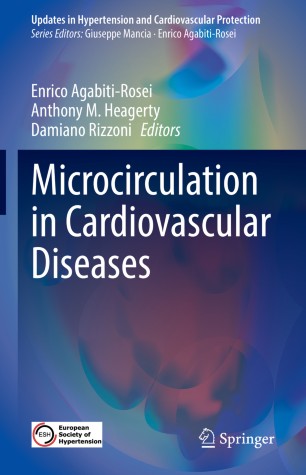

Most ebook files are in PDF format, so you can easily read them using various software such as Foxit Reader or directly on the Google Chrome browser.
Some ebook files are released by publishers in other formats such as .awz, .mobi, .epub, .fb2, etc. You may need to install specific software to read these formats on mobile/PC, such as Calibre.
Please read the tutorial at this link: https://ebookbell.com/faq
We offer FREE conversion to the popular formats you request; however, this may take some time. Therefore, right after payment, please email us, and we will try to provide the service as quickly as possible.
For some exceptional file formats or broken links (if any), please refrain from opening any disputes. Instead, email us first, and we will try to assist within a maximum of 6 hours.
EbookBell Team

0.0
0 reviewsThis book offers an extensive review of the most recent data on the pathophysiological role of structural and functional alterations in the microcirculation, particularly focusing on hypertension and diabetes. It covers several relevant and innovative aspects, including the possible mechanisms involved in the development of microvascular remodeling and rarefaction, the technical approaches available for the detection of microvascular alterations, including non-invasive evaluations, the prognostic role of changes in small resistance artery structure, the possibility of preventing or regressing such alterations with appropriate treatment, and the potential clinical advantages of such intervention. A number of innovative areas of research are considered, including the role of the immune system, inflammation and oxidative stress in the development of microvascular alterations. Lastly, it examines the availability of recent non-invasive methods for the evaluation of small resistance artery morphology in the retina, which in the near future may provide a useful tool for the stratification of cardiovascular risk and even for clinical decisions regarding drug treatment, thus providing physicians with a clinically relevant instrument for improving and optimizing the management of hypertensive and diabetic patients. The book provides valuable, clinically relevant information for specialists (cardiology, internal medicine, and endocrinology) and general practitioners, and also offers novel and stimulating data to basic and clinical researchers.